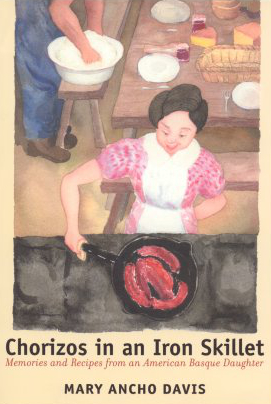Kale Saag
I love saag and palak dishes, especially since they are so nutritious. They are so tasty, and I love the texture and spices. Palak is made with spinach, whereas saag is made with dark winter greens in general, like kale, collards or mustard greens, which are all very rich in fiber, iron, potassium, calcium, and vitamins A and C. You can mix pretty much any kind of protein into the greens, like homemade cheese (like paneer), chicken, lamb, fish, chickpeas, lentils, tofu or nuts (like cashews). Alternatively, you can use the saag as a kind of sauce and pour it over hearty vegetables, like carrots, broccoli or cauliflower; grains , such as rice, barley or buckwheat; or grain-like seeds, like quinoa, millet or amaranth.
Kale Saag
Adapted from Ambika’s Saag Paneer.
This recipe is vegan.
Yields 4 to 6 servings
Ingredients
6 – 7 C Kale with stems, trimmed
1 Medium – Large Sweet Yellow Onion, peeled, skinned
3 T Minced Garlic
1″ Ginger Root, peeled
1/4 tsp Ground Turmeric
Pinch Sea Salt
1 1/2 C Filtered Water
4 T Almond Meal
1 1/2 T Dried Fenugreek Leaves
1 tsp Smoked Spanish Hot Paprika
1 1/2 tsp Garam Masala
1 T Sambar Curry Powder
1/4 tsp Ground Nutmeg
1/4 C Carrot Greens with stems, trimmed
1/4 C Cilantro Leaves with stems, trimmed*
1 T Extra Virgin Olive Oil
2 tsp Cumin Seeds
1 T Coriander Seeds
1 1/2 tsp Fenugreek Seeds
1/2 T Grains of Paradise
16 – 24 oz Choice Protein, prepared
Directions
Chop the kale, onion and ginger in a Vitamix (high speed blender) or food processor. Set aside.
Soak the almond meal, fenugreek leaves, paprika, garam masala, curry powder, nutmeg in 1 cup of water for 15 to 20 minutes. Blend them in the Vitamix with the carrot tops and cilantro.
Toast the seeds over medium heat for 30 seconds in a dry pan, stirring constantly. At this point, I recommend grinding the seeds until fine in a spice grinder.
Saute the garlic over low heat for about a minute. Add the onions, kale, ginger, ground seeds, turmeric and salt and saute for 5 minutes over medium heat, stirring occasionally. Mix in half a cup of water. Cover and cook over low heat for 10 minutes. Add the spiced almonds, greens and herbs. Cover and stir occasionally for next 10 to 15 minutes. Stir and adjust the consistency by adding more water if necessary.
If you want a more velvety texture, puree half of the saag in the Vitamix until smooth and stir it back into the chunkier spiced greens. At this point, mix in your desired source of protein. Serve and enjoy.
Optional Ingredients and Directions
You can chop a medium to large seeded heirloom yellow or orange tomato (about 1 cup) to cook with the other vegetables and fresh herbs.
To make the dish more creamy, mix 1 cup unsweetened coconut milk, almond cream or cultured coconut or almond milk (like the “yogurts” by Almond Dream, Amande or So Delicious) with the cilantro, fenugreek, almonds and spices.
*if you are using dried cilantro leaves, measure 3 tablespoons, soak them with the spiced almond-fenugreek mixture.





 I finally made S & B’s red box of Curry no Ohji-sama with chicken and mixed vegetables. It tasted so good! This variety is a Japanese sweet curry roux mix that was originally intended for children, but I don’t see why adults shouldn’t enjoy it, too. S & B also makes a blue-box version of this curry, too, which has a different flavor (from what I can tell based on the listed ingredients). What exactly the blue-labelled box mix is supposed to taste like is still a mystery to me, but it looks good. For more information, please read the sections I wrote on both varieties
I finally made S & B’s red box of Curry no Ohji-sama with chicken and mixed vegetables. It tasted so good! This variety is a Japanese sweet curry roux mix that was originally intended for children, but I don’t see why adults shouldn’t enjoy it, too. S & B also makes a blue-box version of this curry, too, which has a different flavor (from what I can tell based on the listed ingredients). What exactly the blue-labelled box mix is supposed to taste like is still a mystery to me, but it looks good. For more information, please read the sections I wrote on both varieties 
















































